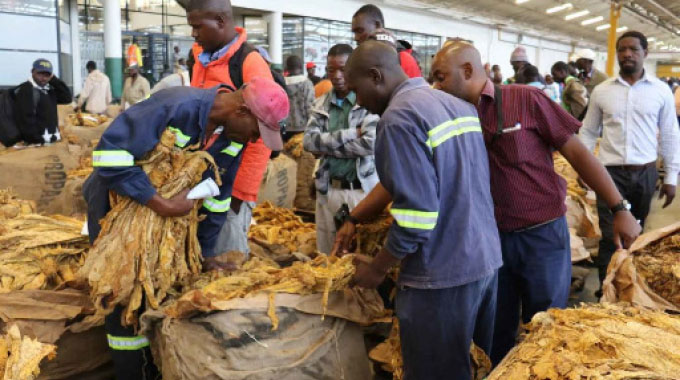Pfumvudza’s new agro-ecological focus to spawn huge benefits

Sharon Shayanewako
THE distribution of this year’s Pfumvudza/Intwasa inputs comes laden with huge expectations for a giant leap in yields, thanks to the Government’s decision to avail inputs that match the climatic and soil requirements for each of the country’s various agro-ecological regions.
Agritex acting deputy director of training and information, Mrs Nester Gumbo revealed this recently saying the Government’s thrust was that of distributing the produce from high production areas to those in lack.
“This year the high potential areas, which are in agro-ecological regions one and two are expected to grow maize, soya beans and sugar beans. These crops a lot of rainfall to reach physiological maturity. Long and medium season varieties of maize are suitable for these areas, as they perform very well and give economic yields.
“With maize’s dominance decreasing in natural region three, farmers there will get a five kg pack of maize seed. The increasing influence of traditional grains and sunflower comes to the fore, as they are short seasoned, drought tolerant and also need less water,” Mrs Gumbo explained.
She added that agro-ecological regions four and five receive less rainfall making it uneconomic for farmers to produce maize under rain fed systems. Farmers in these regions will, however, get a two-kilogramme pack of maize seed. In ecological zones four and five, farmers are being been encouraged to grow traditional grains such as sorghum, pearl millet, sunflower and cow peas, which tolerate long dry spells and perform very well in regions, which receive little rainfall amounts, said Mrs Gumbo.
Farmers also need to work closely with extension officers in their respective districts for effective delivery of extension services.
“Training is the hallmark of Agritex. Farmers should work together with extension officers in their respective districts to be fully equipped with knowledge for Pfumvudza to be successful.
“Principles to inform the Pfumvudza/Intwasa programme for the 2022/23 season are on the basis of the agro-ecological region,” observed Mrs Gumbo.
This year Pfumvudza is targeting 3 million farmers in the communal, A1, small-scale commercial and old resettlement category with an additional 500 000 from urban areas. These urbanites will get maize packages enough to plant one plot with three beneficiaries sharing one bag each of basal and top-dressing fertiliser.
Zimbabwe Integrated Commercial Farmers Union president, Mrs Mayiwepi Jiti said respecting agro-ecological requirements would alleviate food shortages in regions, which receive little rainfall as they would be producing crops that are suited to their conditions.
“The production of crops suitable for every agro-ecological region helps to improve agriculture and reduce food shortages especially in natural farming regions four and five, which receive less rainfall. Integrated agro-ecological systems increase resilience and provide climate change mitigation and adaptation solutions,” said Mrs Jiti.
Since inception, the Pfumvudza programme has assisted vulnerable smallholder farmers improve their livelihoods and their perspective on methods of agriculture by venturing into intercropping for nutrition.

New agro-ecological map
As clearly depicted in the above map the dominance of sunflower, sorghum and pearl millet increases as we move from natural regions one to five while the importance of maize decreases, as we move from natural regions one and two to regions three, four and five.









Comments